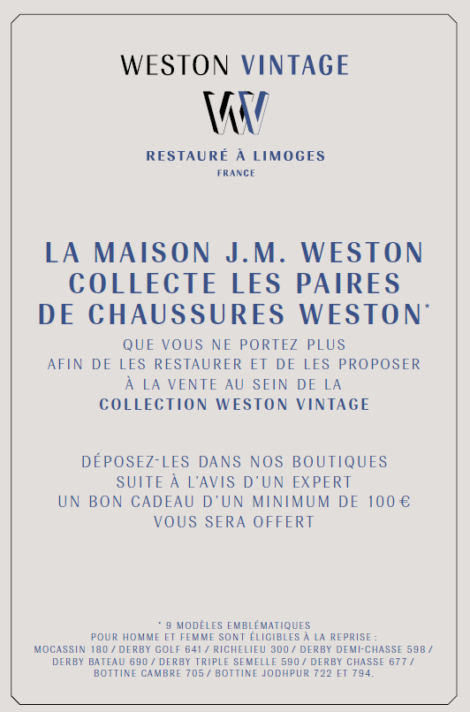The market for recycling and repair is up-and-coming in a context of scarcity of raw materials due to the war in Ukraine and of hype around “vintage.” Today’s article talks about recycling as an element of consumer differentiation. If there is no doubt that the consumer is changing, who would have thought that recycling embodies the new chic? The patina of time has perhaps even become a new snobbery that the Merci concept store has successfully seized. Its popup store “Réparer les choses” is a real success and presents a palette of repaired objects as heterogeneous as they are attractive. To fully appreciate this consumer trend, don’t forget to check out the second-hand market figures.
Some brands have understood that repair means satisfaction and loyalty.
Brands that promote repair
Some brands have understood that repair means satisfaction and loyalty.
-
Weston collects used shoes to restore them and put them back on sale. The first advertisements for this line appeared in major French newspapers in 2020 (see opposite). Nearly 10,000 pairs of shoes are collected and given a new life each year.
- APC recovers used jeans and offers a 50% discount on the purchase of new jeans.
Several brands install repair workshops in their stores, such as Nudie Jeans.
Repair and patina, these new snobberies
If a concept store as trendy as Merci dedicates an exhibition to recycling and repair, it is because it is a rising consumer trend. It has become chic to repair, to show that one’s clothes have lived. This approach probably finds some inspiration in the Japanese philosophy of “wabi-sabi.”
Showing that a garment has lived has long been chic. This is called “patina.” The patina of time has become a value, a reflection of the quality of what we wear and its good taste. Therefore, indirectly, by showing this patina, we show that we know how to choose our clothes for their quality. Showing the patina of time on what you wear affirms your difference and your understanding of beauty.
Showing the patina of time on the clothes we wear is affirming our difference and our understanding of Beauty.
Berluti understood this, before the time, by innovating with its patinas. The “shoe” brand artificially recreated the effect of time to give the chic impression of “life.” Undoubtedly, some anthropologists will one day study the relationship to the time of Berluti’s customers who wanted to show their difference without having to wait by offering themselves these patinas.
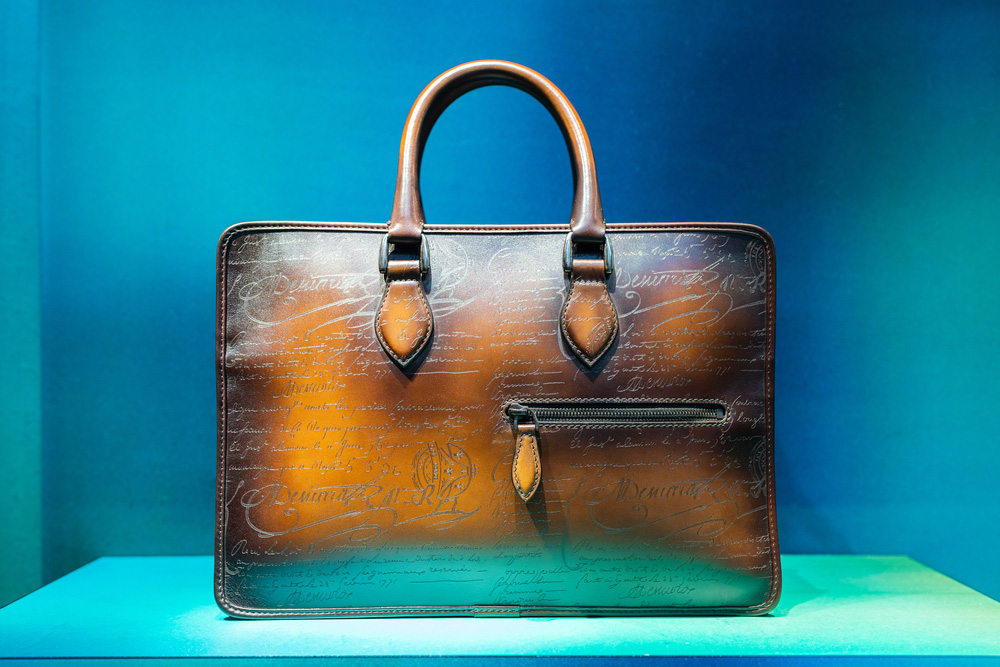
Berluti, the brand that launched the taste for patinas
The Berluti house has been around since 1895 and was acquired by LVMH in 1993. Under the direction of Olga Berluti, granddaughter of the founder, it has become known for its bold shapes and its treatment of color. Never before had a bootmaker proposed to “color” its leathers to give them the appearance of life. Berluti remained a confidential brand until about 2010. At that time, the decision was made to develop the brand internationally. We can see that other brands are seizing on patinas as a differentiating factor. Some brands, like JM Legazel, will make it their core business.
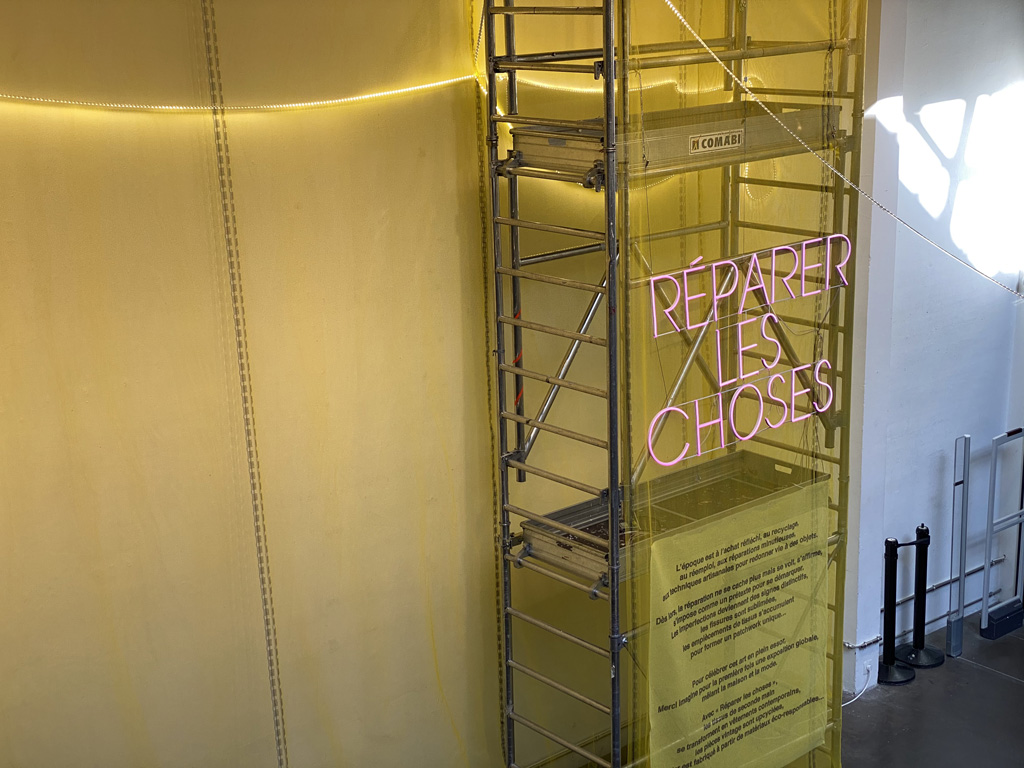
Pop-up store “Fixing things” at Merci
The ultra-trendy Parisian concept store Merci is dedicating a pop-up store to recycling and upcycling. Under the title “Repairing things,” we discover solutions to transform our clothes to dress our interior. Merci also highlights designers specializing in upcycling and even proposes a repair workshop.
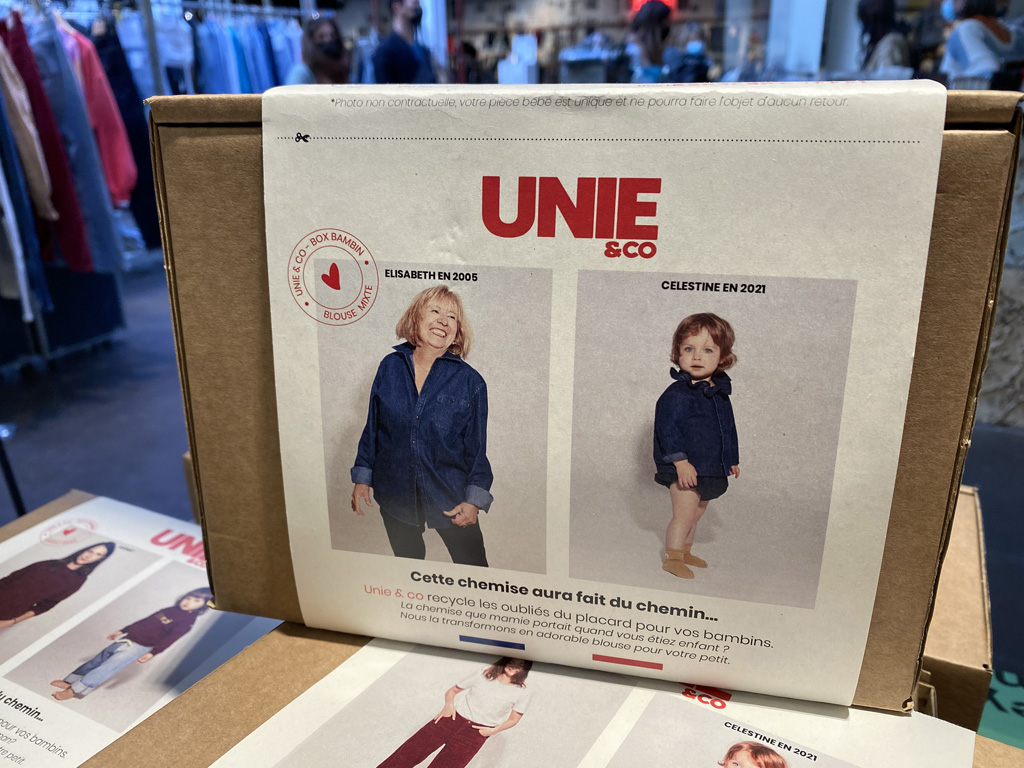
The zero-waste philosophy is excellent, and the business model is interesting too. We have been seduced by Unie&Co, a brand that allows us to transform an adult’s clothes into a child’s. You buy a “box” whose price varies according to the transformation. The box contains a stamped envelope that allows you to send the garment to be transformed. It is certainly not given, but there is also an invaluable emotional side beyond the financial aspects. Passing a garment from one generation to the next makes sense and the storytelling that can result from it.
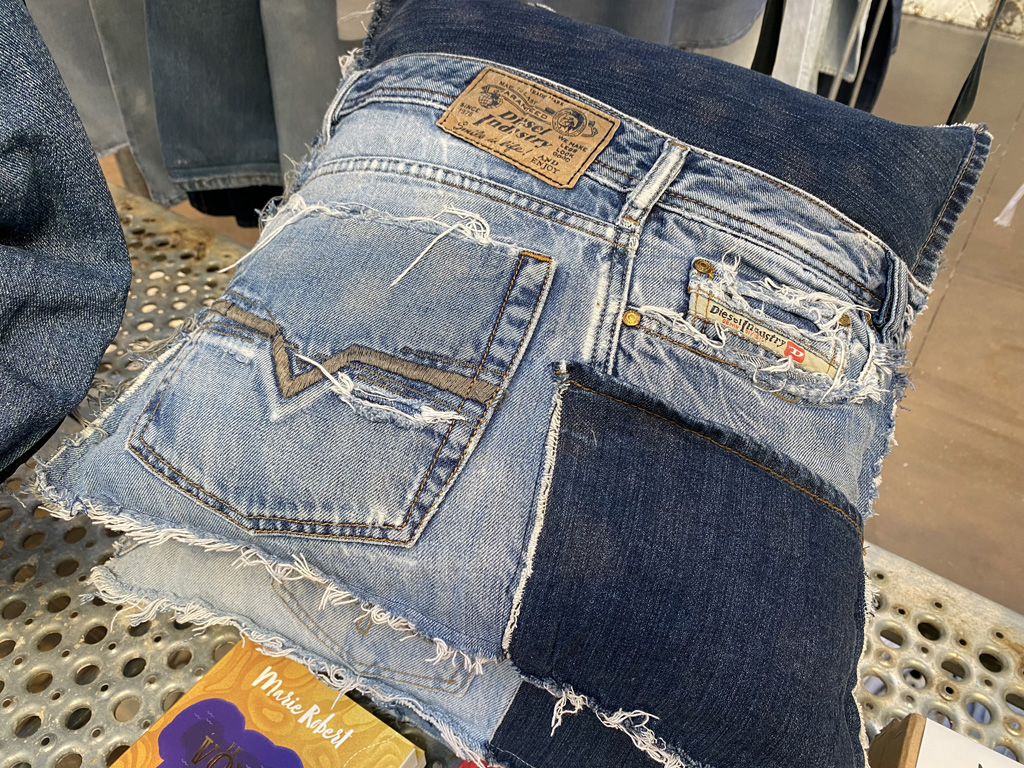
Posted in Misc..
